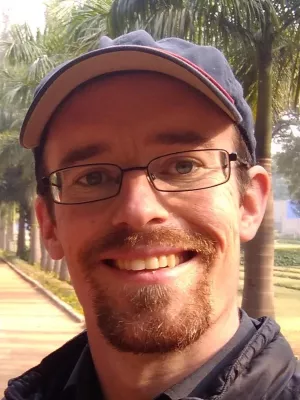
Thomas Pugh
Senior lecturer

The impact of local surface changes in Borneo on atmospheric composition at wider spatial scales : Coastal processes, land-use change and air quality
Author
Summary, in English
We present results fromtheOP3 campaign in Sabah during 2008 that allowus to study the impact of localemission changes over Borneo on atmospheric composition at the regional andwider scale. OP3 constituentdata provide an important constraint onmodel performance. Treatment of boundary layer processes is highlighted as an important area of model uncertainty.Model studies of land-use change confirm earlierwork, indicating that further changes to intensive oil palm agriculture in South EastAsia, and the tropics ingeneral, could have important impacts on air quality, with the biggest factor being the concomitantchanges in NOx emissions. With the model scenarios used here, local increases in ozone of around 50per cent could occur. We also report measurements of short-lived brominated compounds aroundSabah suggesting that oceanic (and, especially, coastal) emission sources dominate locally. The concentrationof bromine in short-lived halocarbons measured at the surface during OP3 amounted to about7 ppt, setting an upper limit on the amount of these species that can reach the lower stratosphere.
Publishing year
2011-11-27
Language
English
Pages
3210-3224
Publication/Series
Philosophical Transactions of the Royal Society B: Biological Sciences
Volume
366
Issue
1582
Document type
Journal article
Publisher
Royal Society Publishing
Topic
- Environmental Sciences
Keywords
- Atmospheric modeling
- Biogenic organic compounds
- Isoprene
- Rainforest
- Tropospheric ozone
Status
Published
ISBN/ISSN/Other
- ISSN: 0962-8436

